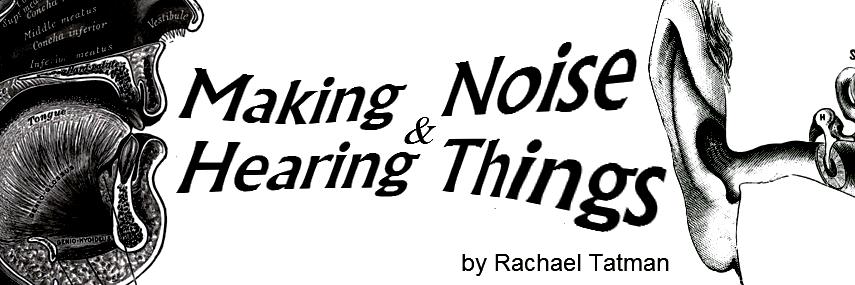So the good folks over at Userdesign asked me to review their newest volume, Punctuation..? and I was happy to oblige. Linguists rarely study punctuation (it falls under the sub-field orthography, or the study of writing systems) but what we do study is the way that language attitudes and punctuation come together. I’ve written before about language attitudes when it come to grammar instruction and the strong prescriptive attitudes of most grammar instruction books. What makes this book so interesting is that it is partly prescriptive and partly descriptive. Since a descriptive bent in a grammar instruction manual is rare, I thought I’d delve into that a bit.

So, first of all, how about a quick review of the difference between a descriptive and prescriptive approach to language?
- Descriptive: This is what linguists do. We don’t make value or moral judgments about languages or language use, we just say what’s going on as best we can. You can think of it like an anthropological ethnography: we just describe what’s going on.
- Prescriptive: This is what people who write letters to the Times do. They have a very clear idea of what’s “right” and “wrong” with regards to language use and are all to happy to tell you about it. You can think of this like a manner book: it tells you what the author thinks you should be doing.
As a linguist, my relationship with language is mainly scientific, so I have a clear preference for a descriptive stance. An ichthyologist doesn’t tell octopi, “No, no, no, you’re doing it all wrong!” after all. At the same time, I live in a culture which has very rigid expectations for how an educated individual should write and sound, and if I want to be seen as an educated individual (and be considered for the types of jobs only open to educated individuals) you better believe I’m going to adhere to those societal standards. The problem comes when people have a purely prescriptive idea of what grammar is and what it should be. That can lead to nasty things like linguistic discrimination. I.e., language B (and thus all those individuals who speak language B) is clearly inferior to language A because they don’t do things properly. Since I think we can all agree that unfounded discrimination of this type is bad, you can see why linguists try their hardest to avoid value judgments of languages.
As I mentioned before, this book is a fascinating mix of prescriptive and descriptive snippets. For example, the author says this about exclamation points: “In everyday writing, the exclamation mark is often overused in the belief that it adds drama and excitement. It is, perhaps the punctuation mark that should be used with the most restraint” (p 19). Did you notice that “should'”? Classic marker of a prescriptivist claiming their territory. But then you have this about Guillements: “Guillements are used in several languages to indicate passages of speech in the same way that single and double quotation marks (” “”) are used in the English language” (p. 22). (Guillements look like this, since I know you were wondering; « and ». ) See, that’s a classical description of what a language does, along with parallels drawn to another, related, languages. It may not seem like much, but try to find a comparably descriptive stance in pretty much any widely-distributed grammar manual. And if you do, let me know so that I can go buy a copy of it. It’s change, and it’s positive change, and I’m a fan of it. Is this an indication of a sea-change in grammar manuals? I don’t know, but I certainly hope so.
Over all, I found this book fascinating (though not, perhaps, for the reasons the author intended!). Particularly because it seems to stand in contrast to the division that I just spent this whole post building up. It’s always interesting to see the ways that stances towards language can bleed and melt together, for all that linguists (and I include myself here) try to show that there’s a nice, neat dividing line between the evil, scheming prescriptivists and the descriptivists in their shining armor here to bring a veneer of scientific detachment to our relationship with language. Those attitudes can and do co-exist. Data is messy. Language is complex. Simple stories (no matter how pretty we might think them) are suspicious. But these distinctions can be useful, and I’m willing to stand by the descriptivist/prescriptivist, even if it’s harder than you might think to put people in one camp or the others.
But beyond being an interesting study in language attitdues, it was a fun read. I learned lots of neat little factoids, which is always a source of pure joy for me. (Did you know that this symbol: ¶ is called a Pilcrow? I know right? I had no idea either; I always just called it the paragraph mark.)
